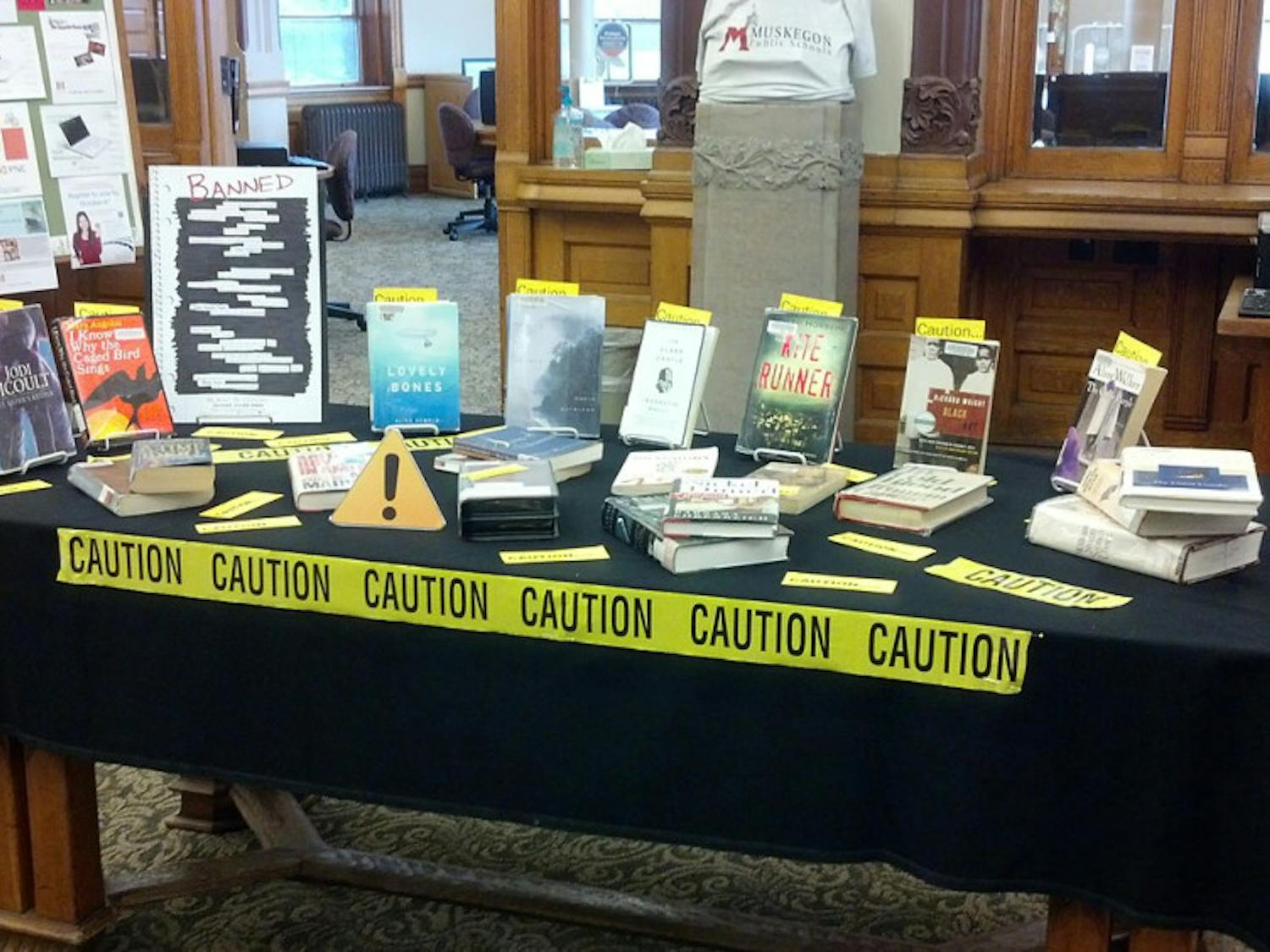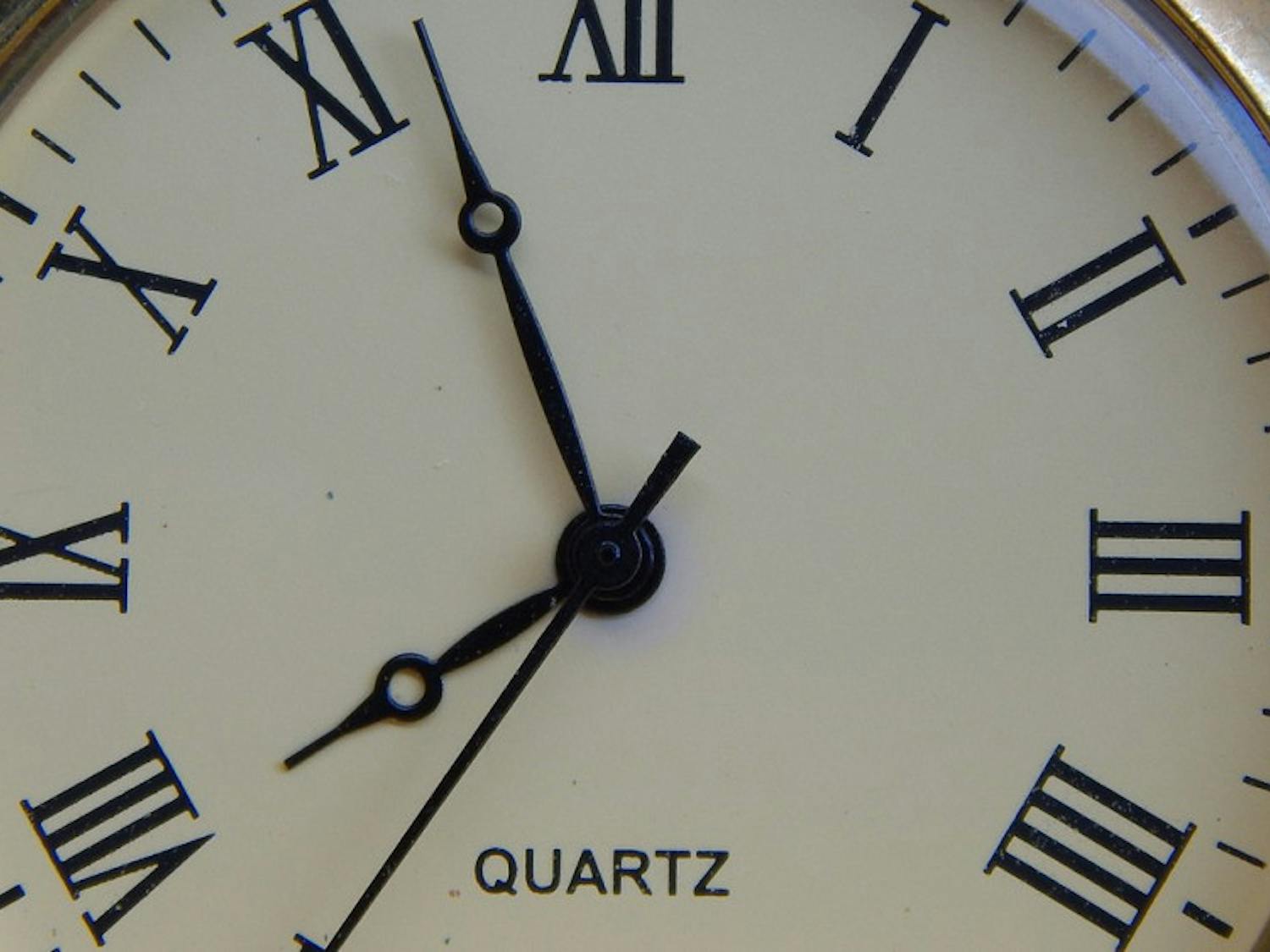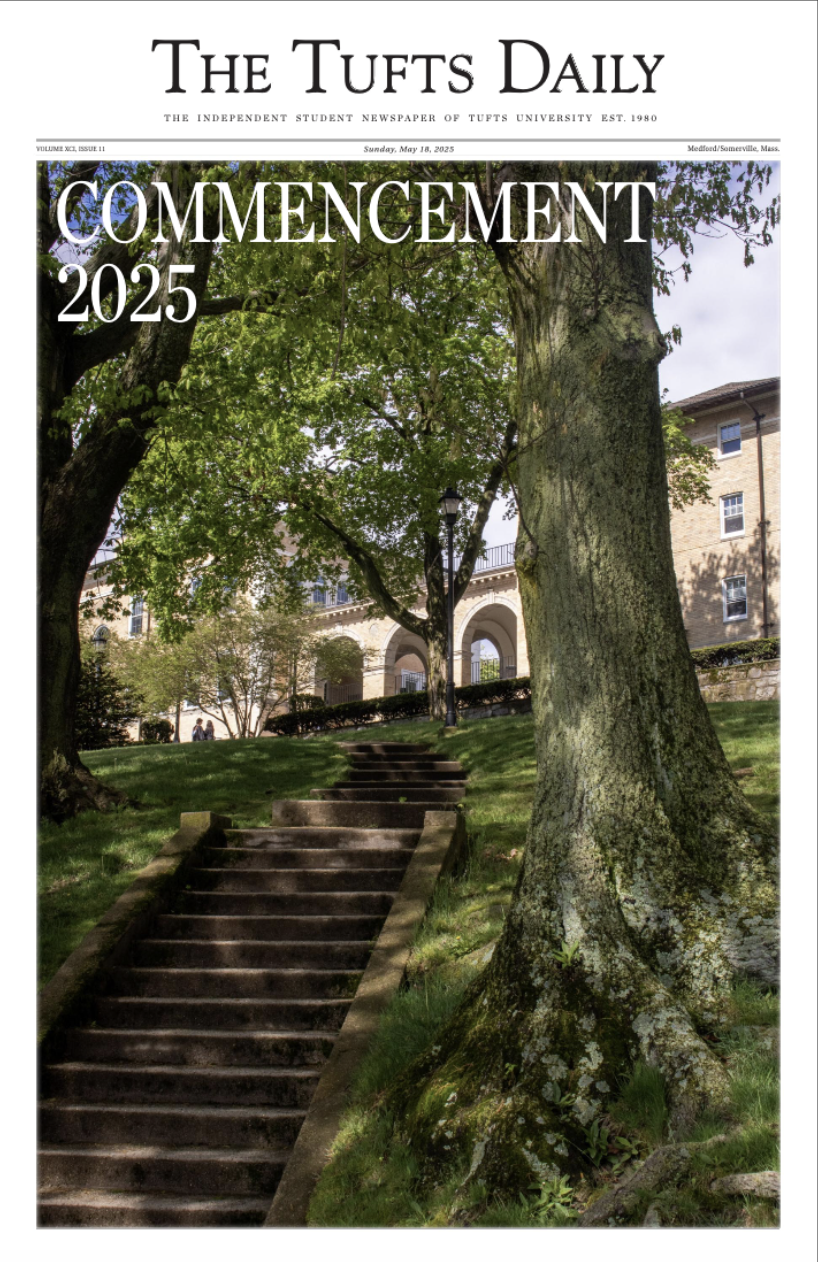The road ahead looks grim, but what the hell?
By Talia Wilcox | May 14If you’re part of the Class of 2025, you’re likely no stranger to the emotional whiplash of dread, anger and anxiety, sometimes punctuated by flickers of hope and anticipation, that has characterized the last few months. Perhaps you’re part of a student research project whose funding was cut. Or, the jobs that once defined your dream career no longer exist. Maybe, like most of us, you’re facing adauntingly high level of competitiveness for entry-level jobs. In short, the future does not feel bright.I, for one, do not feel limitless career potential. Regardless of what commencement speakers may say, it is objectively a terrible time to graduate from college. So, how can we, as a graduating class, cope with the fact that our plans are being forced to change due to factors beyond our control?












